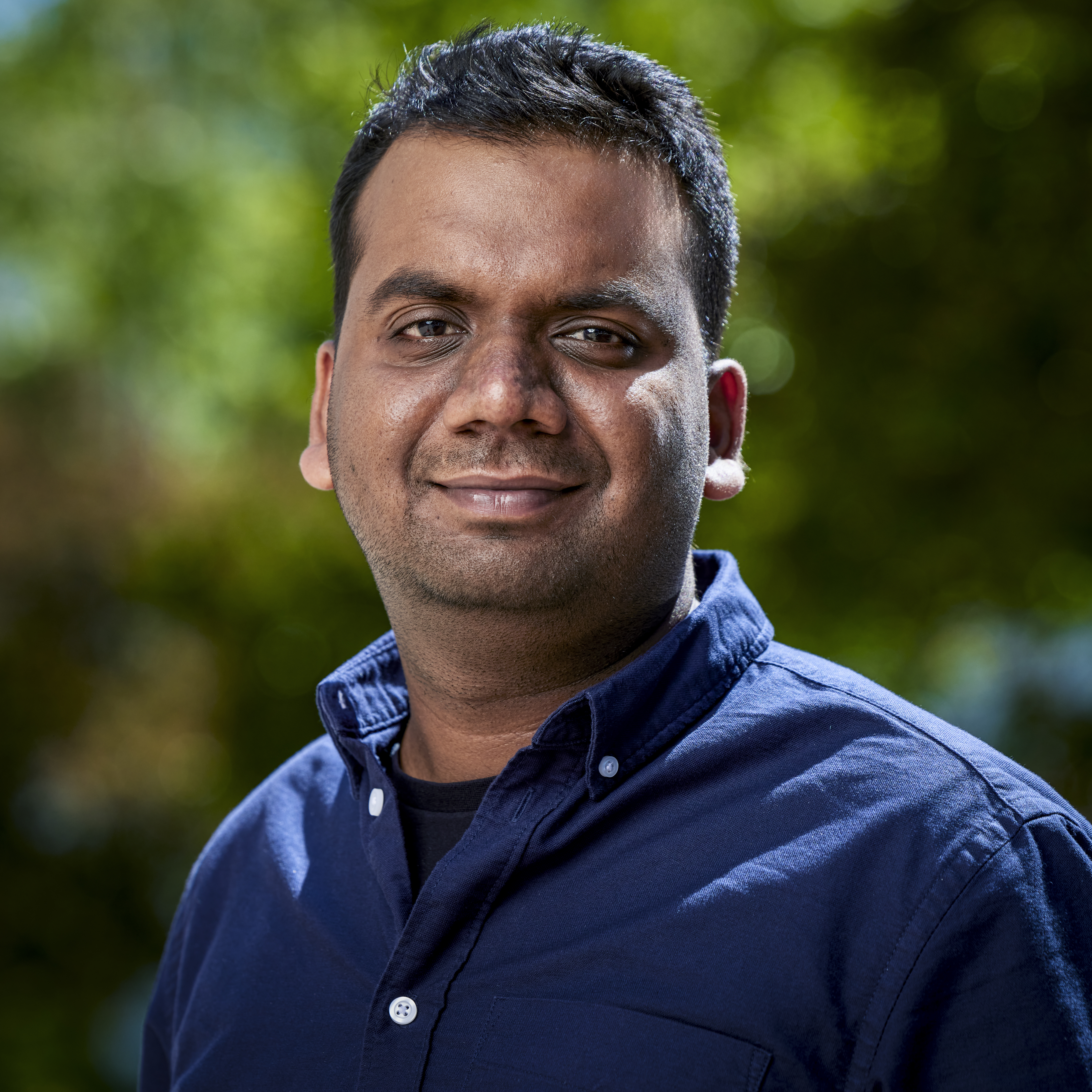About me
I am currently a Process Engineer in the Global Products Group at Lam Research, where I work on semiconductor product development and point of contact on product end for Lam’s engagement with Taiwan based semiconfuctor manufacturer on the Striker Oxide DH product line. Previously, I completed a Ph.D. in Chemical Engineering at the University of California, Berkeley, where I wrote a thesis on electrolyte solution theory with applications in energy storage, rare-earth extraction, and electrolysis for chemical manufacturing. I also hold bachelor’s and master’s degrees in Chemical Engineering from IIT Delhi, where for my master’s thesis I developed mathematical models to improve crude-oil refining efficiencies and was awarded the Institute Silver Medal. Beyond these roles, I have also worked on solar-powered photocatalysts, nuclear reactor design, cloud computing, and machine learning. Taken together, these experiences—spanning semiconductor product development, advanced materials research, energy technologies, and mathematical modeling—have given me a strong technical foundation and a broad cross-industry perspective on how technologies evolve from concept to implementation.
Lam Research is a world-leading supplier of semiconductor fabrication equipment, and in my work with our Taiwanese customer my primary responsibility is to provide differentiated solutions by coordinating an international, cross-functional team of engineers. A key criterion in selecting a solution is rigorous cost–benefit analysis: for a given production challenge, we may choose between developing new hardware or designing a new chemical/process solution, and we must evaluate which option is more economical for the customer while remaining profitable for Lam. Recently, I led the successful deployment of a silicon oxide–silicon nitride film stack on Striker Oxide DH systems; previously, our customer used two separate hardware platforms to deposit these films, whereas our new process now allows both to be deposited on a single tool, reducing tool count, footprint, and total cost of ownership. This blend of solution design, techno-economic evaluation, and competitive differentiation has shaped the way I think about technology: not only in terms of scientific merit, but also in terms of manufacturability, cost, and strategic advantage.
I see my technical background as closely connected to many emerging areas in energy and manufacturing. The underlying physics and manufacturing principles of solar photovoltaics closely mirror those of semiconductor devices. My current work in semiconductor process development, together with earlier research on solar-powered photocatalysts for commodity chemical production, gives me a solid base to understand and assess technologies at the interface of materials, energy, and manufacturing. In addition, my Ph.D. research on electrolytes and electrolysis is directly relevant to batteries, green hydrogen, and other electrochemical processes across the value chain—from lithium extraction to large-scale energy storage and low-carbon chemical production. More broadly, as electrolysis and electrified processes gain traction for low-carbon material and chemical manufacturing, I am interested in how these technologies will be adopted, scaled, and integrated into future industrial value chains. Having studied, lived, and worked with teams across Asia, North America, and Europe, I also have a strong track record of collaborating with international stakeholders and building relationships in diverse technical and cultural environments.
Finally, because a critical aspect of technology evaluation is understanding its financial impact, my training as a chemical engineer has given me a strong foundation in techno-economic analysis of new manufacturing technologies. Concepts such as capital and operating expenditures, process yields, and scale-up economics are integral to how I think about engineering decisions. This capability is further reinforced by nearly eight years of experience in mathematical modeling, supported by internships and coursework in modern statistical techniques such as Monte Carlo methods and machine learning. I believe this combination of financial thinking and quantitative modeling—together with my knowledge of machine learning, which is increasingly embedded in advanced manufacturing and industrial automation—equips me to rigorously assess both the technical and economic potential of emerging technologies and to think systematically about where and how they can create value.
